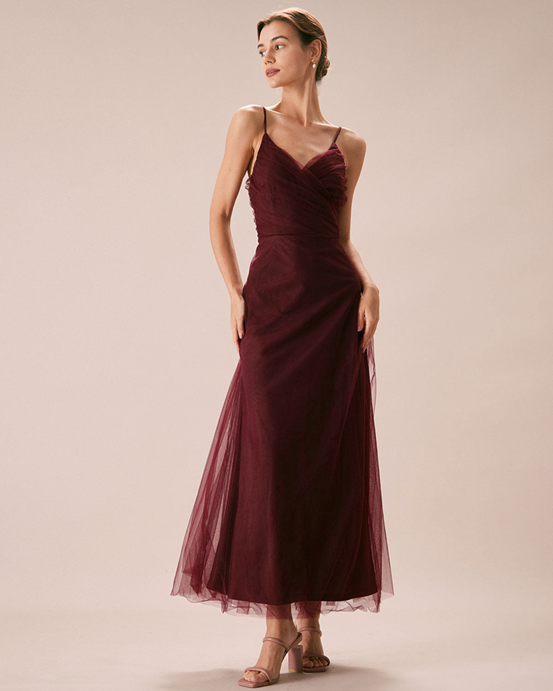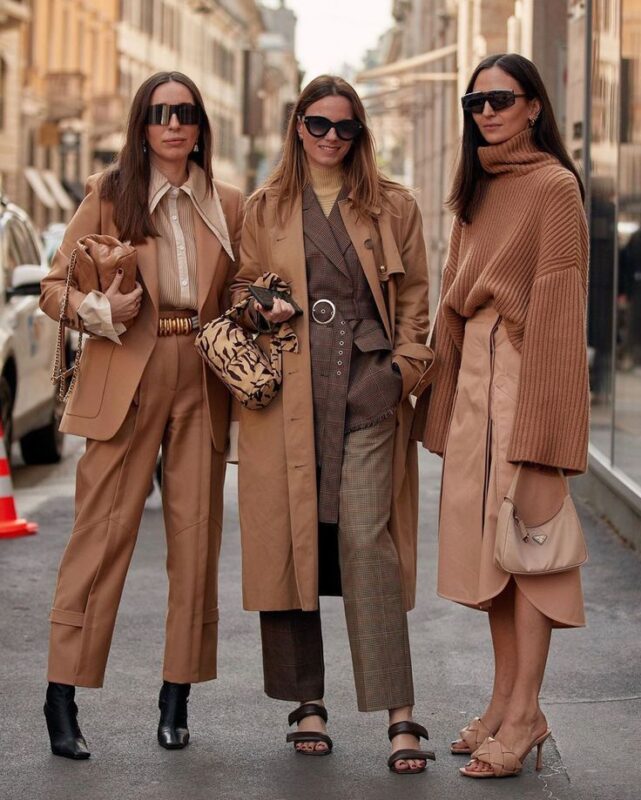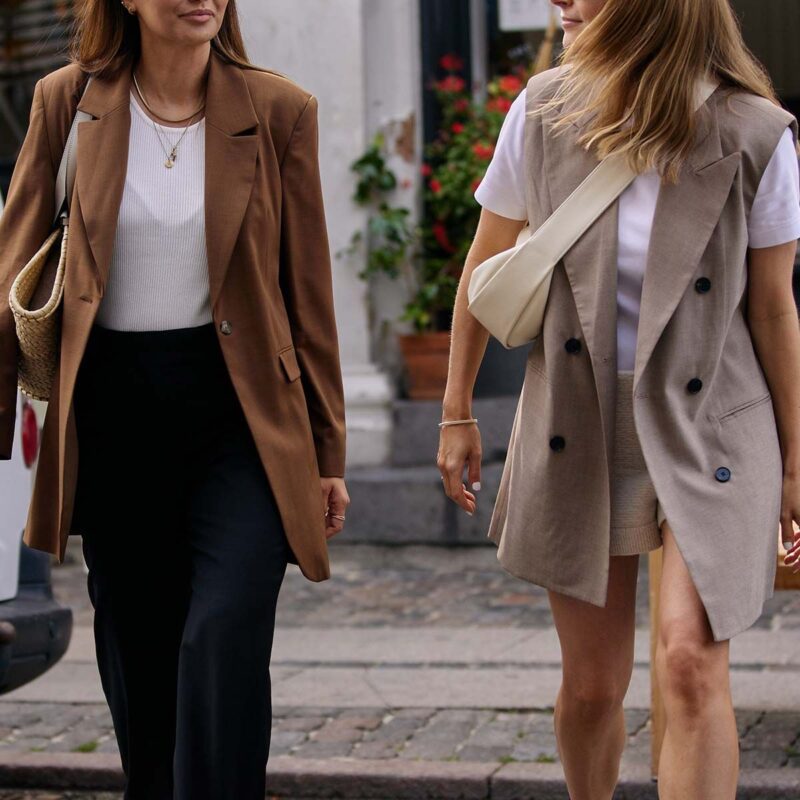Beyond Outdated Classifications: Rethinking Body Types
For decades, women’s fashion has been dominated by the “fruit doctrine”—the practice of categorizing female bodies as apples, pears, hourglasses, or rectangles. While well-intentioned as a styling guide, this approach has fundamental flaws. It reduces complex, three-dimensional bodies to two-dimensional silhouettes and subtly reinforces the notion that some shapes are more desirable than others.
At Spieva, we’re pioneering a different approach. Rather than trying to fit women into predetermined categories, we design clothing that adapts to the infinite variations of the female form. Our philosophy is simple yet revolutionary: clothes should conform to bodies, not the other way around.
The Problem with Traditional Body Type Advice
Traditional styling advice often focuses on “correcting” or “balancing” perceived flaws. Consider these common recommendations:
- “Pear shapes should wear A-line skirts to balance wide hips”
- “Apple shapes should use empire waists to disguise their midsection”
- “Rectangle shapes need ruffles and details to create curves”
The subliminal message is problematic: your natural body needs fixing, altering, or optical manipulation to meet an arbitrary standard. This approach doesn’t just influence what we wear—it shapes how we see ourselves.
Dr. Amina Patel, body image researcher and Spieva consultant, explains: “When we perpetually dress to ‘correct’ our bodies, we internalize the idea that our natural form is somehow wrong. This creates a cognitive dissonance between how we actually look and how we believe we should look, which significantly impacts self-image and confidence.”
Universal Principles: Style Guidelines That Work for Every Body
Instead of body-specific rules, we’ve developed universal principles that enhance any physique:
1. Precision Fit Is Everything
The single most important factor in flattering any body shape is proper fit. Clothing that precisely follows your unique contours—without pulling, gaping, or excessive looseness—instantly creates a polished appearance.
This is why Spieva garments feature:
- Extended size ranges from 00-32
- Three height-based cut options (petite, regular, tall) across all sizes
- Adjustable elements like hidden drawstrings and panel systems
- Stretch panels strategically placed at common variation points
2. Consistent Visual Weight Creates Harmony
“Visual weight” refers to how heavy or substantial a fabric appears. When clothes maintain consistent visual weight throughout an outfit, the eye perceives balance regardless of body shape.
Our collections are designed with this principle in mind:
- Fabrics are selected for compatible drape characteristics
- Prints and textures are scaled appropriately for different garment sections
- Layer pieces are engineered for proportional thickness
3. Personal Comfort Translates to Confidence
When you’re physically comfortable, you naturally project confidence. This seemingly simple principle is often overlooked in styling advice that prioritizes appearance over sensation.
Every Spieva garment passes our movement test:
- Can you raise your arms without restriction?
- Can you sit comfortably for extended periods?
- Can you take a deep breath without constraint?
- Can you move naturally without constant readjustment?
Only when all criteria are met does a design advance to production.
4. Intentional Structure Creates Definition
Strategic structure in clothing—through seaming, gentle compression, or fabric selection—creates definition that complements any body type.
Our design team incorporates:
- Architectural seaming that follows natural body contours
- Internal support structures that move with the body
- Fabric combinations that provide gentle shaping without restriction
5. Personal Expression Supersedes “Rules”
The most flattering outfit is always the one that makes you feel like yourself. When personal style and authenticity lead clothing choices, confidence naturally follows.
The Inclusive Design Process: How Spieva Creates for All Bodies
Our commitment to body-inclusive design begins long before a garment reaches production:
Multi-Body Fit Testing
Unlike the industry standard of designing for a single fit model (typically a size 6-8), each Spieva design is developed simultaneously on five different body types representing diverse shapes and sizes. Our design team works collaboratively with fit models ranging from size 00 to 32, making real-time adjustments to ensure optimal fit across the spectrum.
3D Body Scanning Technology
We utilize advanced 3D body scanning to analyze how garments interact with different body shapes. This technology allows us to identify pressure points, potential discomfort areas, and fit inconsistencies that might not be visible to the naked eye.
Real-World Movement Protocol
Our fit models don’t just stand still. Each prototype undergoes a rigorous movement protocol including walking, sitting, reaching, bending, and even dancing. This ensures that comfort and fit are maintained through all daily activities.
Customer Feedback Integration
Every production run incorporates improvements based on customer feedback. Our “Continuous Fit Evolution” program tracks size-specific feedback and applies targeted enhancements to subsequent production runs.
Transformation Stories: Before and After Styling Sessions
When women embrace dressing for their actual bodies rather than trying to conform to idealized shapes, the transformation goes beyond appearance. Here are just a few stories from our styling program participants:
Jennifer M. (Size 18)
“For years, I hid in oversized black clothing, trying to take up less space. During my Spieva styling session, I was introduced to the Meridian Pants in my actual size, with a properly fitted Harmony Blouse. The before and after photos are striking, but the real change is how I feel. I look more professional, yes, but I also feel entitled to take up space in my career and life.”
Before: Wore exclusively loose, dark clothing to “minimize” her appearance After: Embraces tailored pieces in vibrant colors that follow her natural contours, resulting in more confident presentation at work and three subsequent promotions
Mei L. (Size 2)
“Being small-framed, I’ve struggled with looking too young and not being taken seriously. I was constantly told to ‘dress older’ but ended up swimming in inappropriate styles. My Spieva consultant showed me that structure, not size, was the key to a professional appearance.”
Before: Wore oversized blazers and pants trying to look more mature After: Discovered precisely fitted garments with architectural details that honor her natural frame while projecting authority
Tamara J. (Size 12)
“As a woman with a fuller bust, I’d resigned myself to either looking matronly in high-necked styles or feeling self-conscious in lower cuts. The Transcend Dress with its adjustable neckline was revolutionary for me. For the first time, I have one versatile piece that adapts to different situations while always fitting perfectly.”
Before: Limited herself to either excessively loose or uncomfortably tight tops After: Embraced adaptable pieces that can be styled differently while maintaining perfect fit
The Technical Side of Inclusive Design
Creating truly body-inclusive fashion requires technical innovation that’s rarely discussed in style blogs. Here’s a glimpse into the engineering behind Spieva’s approach:
Grade Scaling Technology
Most brands simply scale patterns up or down to create different sizes, leading to distortion at size extremes. Our proprietary “Responsive Grading” technology adjusts proportions, seam placement, and structural elements based on 3D body mapping data across sizes.
Strategic Stretch Placement
Through heat-mapping movement studies, we identify the six primary stress points in women’s garments. Our designs incorporate directional stretch panels at these points, often invisibly integrated into seam structures.
Variable Seam Allowances
Rather than standard seam allowances across all sizes, we utilize variable allowances that provide modification potential where body variations most commonly occur.
Taking the First Step: Finding Your Personal Style Framework
Ready to move beyond limiting body type classifications? Here’s how to develop your personal style framework:
- Identify Your Constant Features Rather than focusing on “problem areas,” identify the physiological constants that don’t change with weight fluctuations—your height, bone structure, proportions, and coloring.
- Define Your Style Values What qualities matter most in your clothing? Is it ease of movement, tactile comfort, visual impact, versatility, or sustainability?
- Create Your Comfort Baseline Establish minimum comfort requirements that all clothes must meet, such as “no waistbands that dig in” or “fabrics must feel soft against skin.”
- Develop Your Style Laboratory Designate a month as your personal style experiment. Try one new silhouette, color, or proportion each week, documenting your authentic reaction.
- Build Your Personal Uniform Based on your experiments, create a framework of silhouettes and combinations that consistently make you feel confident.
Need guidance? Our personal stylists offer virtual consultations designed to help you develop this framework, completely free from body-type categorizations or “rules” about what you should or shouldn’t wear.
A New Paradigm: Confidence Through Authenticity
True style confidence comes not from following external rules but from honoring your authentic self. When clothing serves your actual body—not an idealized version you’re trying to create through visual trickery—getting dressed becomes an affirming rather than anxiety-producing experience.
At Spieva, we’re committed to creating pieces that support this philosophy. Our designs don’t ask your body to be different; they celebrate it exactly as it is.




